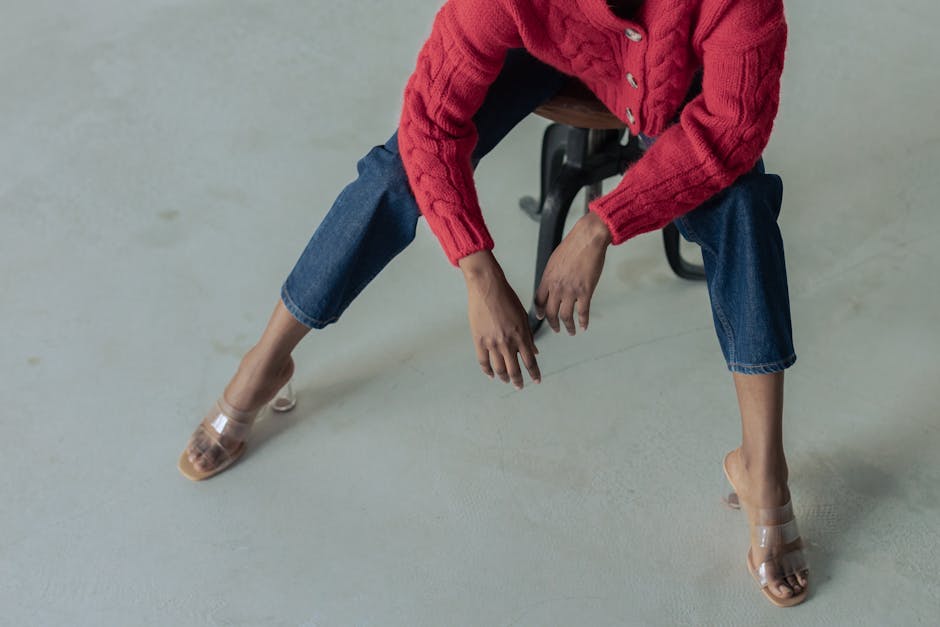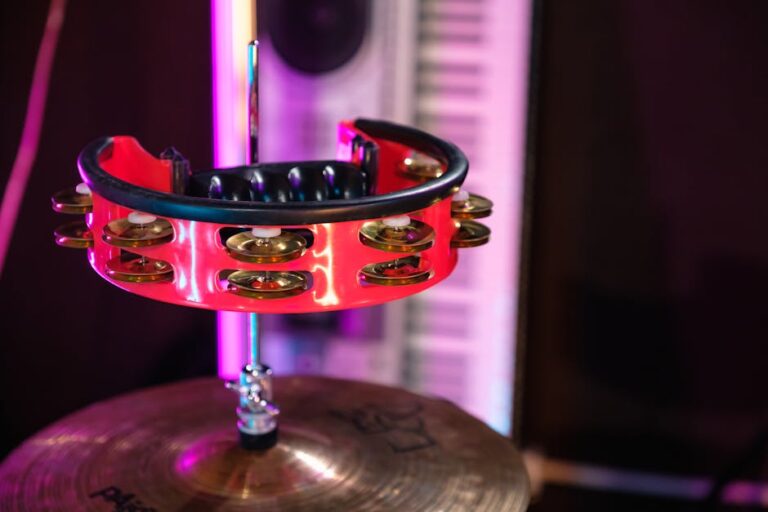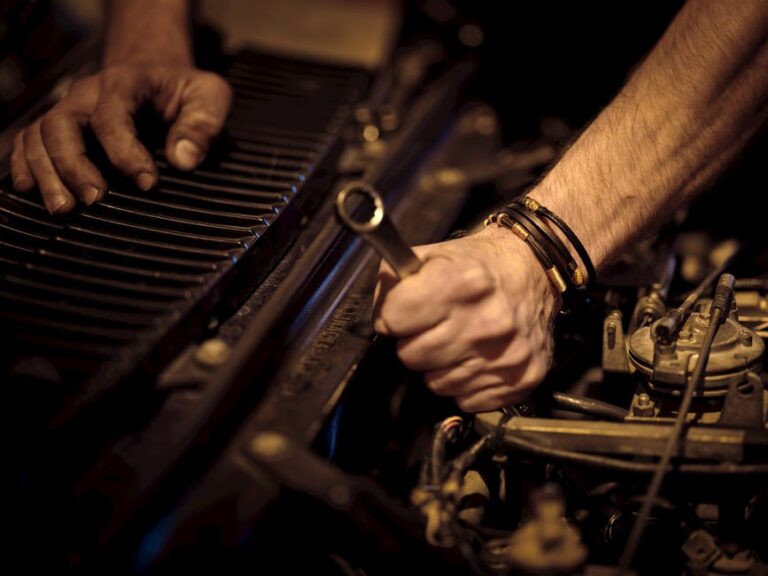Table of Contents
Someone falling off a boat is a real scary thing; it happens more than people might think. When a person falls overboard, every second counts. It’s not just a splash; it’s a sudden event that can turn very bad, very fast. Boats of all sizes face this risk, big ones and small ones.
This sort of accident can happen for many reasons. Maybe the boat hit a big wave; maybe someone tripped on deck. Alcohol often plays a part, making people less steady. Sometimes, just being careless for a moment can cause a big problem. It’s a quick slip, then gone.
understanding Why People Fall
People might lose their footing on a slippery deck. Bad weather, like strong winds or choppy water, really makes things tricky. Boats going fast can suddenly turn, tossing people off. Not having enough handholds around the boat is a real issue too.
Sometimes folks lean over too far to look at something; they might just lose their balance. Kids, especially, need constant watching near the edge. Even experienced sailors can get caught off guard by a sudden lurch. It’s about being ready.
Wearing the right gear makes a difference; non-slip shoes are smart. Life jackets, of course, are the first line of defense. People who do not wear them are taking a big chance. It’s hard to grab someone in the water.
Having proper railings or safety lines on a boat matters a lot. If a railing is too low, or if it breaks, someone can go right over. Boats used for fishing or diving often have lower sides, which raises the danger. It needs looking at.
Rough seas make everything harder, even for those who know boats well. A wave can just wash someone right off the deck. This is why paying attention to weather reports before heading out is a smart move. Big waves are very powerful.
Quick Action is Key
The moment someone sees a person go over, shouting “Man Overboard!” is the first thing to do. This alerts everyone on board immediately. Pointing at the person in the water helps keep track of them. Don’t lose sight of them.
Throwing something that floats near the person is super important. A life ring, a cushion, anything that can help them stay up. This floating item also acts as a marker. It shows where they are in the water.
Someone should always keep an eye on the person in the water, pointing constantly. The boat captain needs to know right away so they can start turning the boat around. This turn must be done carefully.
The boat’s path has to be planned so it doesn’t run over the person. A good driver swings the boat in a wide circle. They try to come back to the person from downwind. This makes picking them up easier.
Marking the spot on the boat’s GPS right away is also a good idea. This helps if you lose sight of them for a moment. It gives rescuers a precise location. Every little bit of information helps the search.
Modern Tools for Finding People
Today, boats have better tech to help find someone. GPS systems are much more accurate now. Some systems can even track a person if they have a special beacon. This is a game changer for quick rescues.
Personal Locator Beacons, or PLBs, are small devices people wear. If they fall in the water, they can press a button. This sends out a signal that rescue services pick up. It makes finding someone much faster.
Automatic Identification Systems, AIS, can show nearby boats where a person is. There are MOB devices that link to AIS. When activated, they show up on other boat’s screens. This brings more help quickly.
Drones with cameras are becoming useful too. They can fly over the water and look for people from above. This is really helpful in bad weather or at night when vision is poor. Drones can cover a lot of area.
Thermal cameras, which see heat, also help in searches. They can spot a person in the water even in the dark. This technology makes night rescues more possible. It’s a big step forward for safety.
Getting the Person Back on Board
Getting someone back on the boat is often harder than it sounds. If the person is hurt or very cold, they might not be able to help much. Big boats have high sides, which makes climbing tough.
Small boats can sometimes get very unstable during a rescue. Lifting a heavy, wet person from the water takes strength. Special equipment, like a stern ladder or a sling, can make it easier. Not all boats have these.
If the person is conscious, they might be able to grab a ladder or a rope. But if they are unconscious, it’s a much bigger problem. You need to pull them out without hurting them more. That takes skill.
Using a safety line attached to the boat is a good idea when trying to pull someone in. It keeps the rescuer from falling in too. Everyone helping needs to stay safe. It is not a time for extra risks.
Sometimes, the best approach is to wait for professional help. If the sea is too rough, or the person too heavy, it’s safer to call for assistance. Other boats might be closer than you think.
Staying Safe on the Water
Wearing a life jacket should be automatic for everyone on a boat. It really is the simplest way to stay safe. Many people think they don’t need one; then it’s too late. It floats you, that’s it.
Don’t drink too much alcohol when on a boat. It makes you clumsy and slow to react. Your balance gets messed up. It’s just not worth the risk for a few drinks. Stay sharp, really.
Always pay attention to what the boat is doing and what the water is like. Don’t be looking at your phone all the time. Keep an eye on your surroundings. Conditions can change fast.
Have a plan for what to do if someone falls over. Talk about it before you even leave the dock. Everyone on board should know their part. Practice makes you ready.
Look at the weather forecast before you go out on the water. If it looks bad, stay home. No fish or nice view is worth putting lives in danger. Nature is strong, stronger than any boat.
Make sure your boat is in good shape. Check railings, make sure nothing is loose. Have all the right safety gear on board; life rings, first aid, radios. These things are not optional.
After the Rescue: What Happens Next?
Even after someone is back on board, the work isn’t over. They might be very cold, even if the water wasn’t freezing. Hypothermia is a big concern. You need to warm them up fast.
Get them into dry clothes. Wrap them in blankets, if you have them. Give them warm drinks, but not alcohol. Keep an eye on them for any signs of trouble. Call for medical help if you think it’s needed.
They might be shaken up, scared, or even confused. Talk to them calmly. Reassure them that they are safe now. It’s a very big shock to fall into the water unexpectedly.
Check for any injuries. Did they hit their head? Did they twist something? Sometimes injuries aren’t obvious right away. A good look over can find hidden problems.
And after everything calms down, think about what happened. What could have been done differently to stop it? Learn from the accident, so it doesn’t happen again. This helps everyone.
Avoiding Future Incidents
Boat owners have a big part to play in safety. They need to make sure their boat is safe for everyone. This means fixing broken railings and keeping decks clear. Maintenance is important, not just fun stuff.
Crew members and passengers also have a job to do. They need to follow safety rules. Listen to the captain and don’t take unnecessary risks. Personal responsibility matters a lot.
Regular safety drills can make a difference. Practicing what to do means people react faster when something bad happens. It makes everyone more confident and prepared. It cuts down on panic.
New boats have better safety features built in; older ones might need upgrades. Things like better lighting, more handholds, or even nets can make a boat safer. Investing in safety is wise.
Education is also key. Knowing the dangers of the water and how to avoid them helps a lot. People should take boating safety courses. Knowledge means power, especially on the water.
It’s a serious thing, someone falling into the water. But with good planning, the right gear, and quick action, the outcome can be okay. Everyone on a boat has a part to play in safety.
What if someone is not found quickly?
If someone is not seen right away, don’t give up hope; keep looking. Notify the Coast Guard or local authorities immediately; give them your last known location. They have special search teams and equipment.
How cold is too cold for water?
Any water temperature below 70 degrees Fahrenheit can cause hypothermia after a while; colder water means it happens faster. Even warm water can cause problems if someone is in it too long. Always be careful.
Can children fall overboard easily?
Yes, children are smaller and less stable; they can fall in very easily. They should always wear properly fitting life jackets; they also need constant adult supervision. Never turn your back on them.
What kind of flotation devices should I have?
You should have a throwable flotation device like a life ring or a buoyant cushion; these are for throwing to someone in the water. Everyone on board should also have a life jacket; these are for wearing.
Is it safer to swim to shore?
No, unless shore is very close and you are a strong swimmer; staying with the boat is often safer. The boat is easier to spot than a person in the water. Do not try to swim away.
Key Takeaways
Act fast if someone falls overboard: shout, point; throw a floatable object near them.
Use modern technology: GPS; PLBs; AIS-enabled MOB devices can help find them faster.
Reboarding is hard: special equipment like ladders; slings; strength are often needed.
Prevention is best: wear life jackets; avoid too much alcohol; check weather; have a plan.
After rescue care matters: warm them up; check for injuries; call for medical help if needed.
Learn from incidents: review what happened; make changes to prevent it from happening again.











